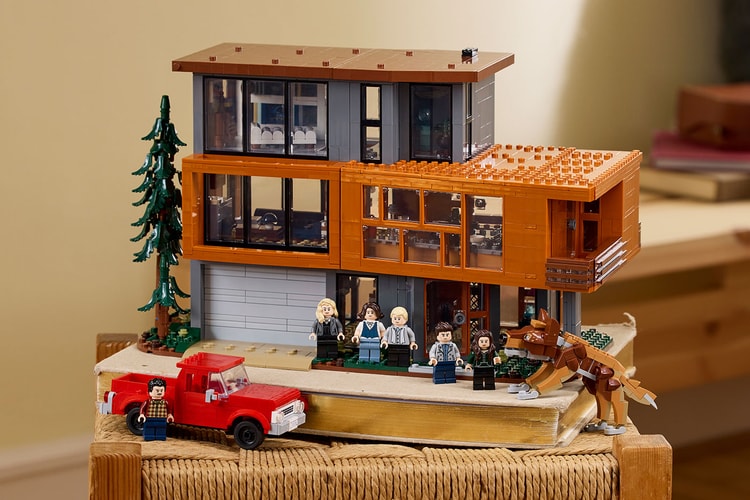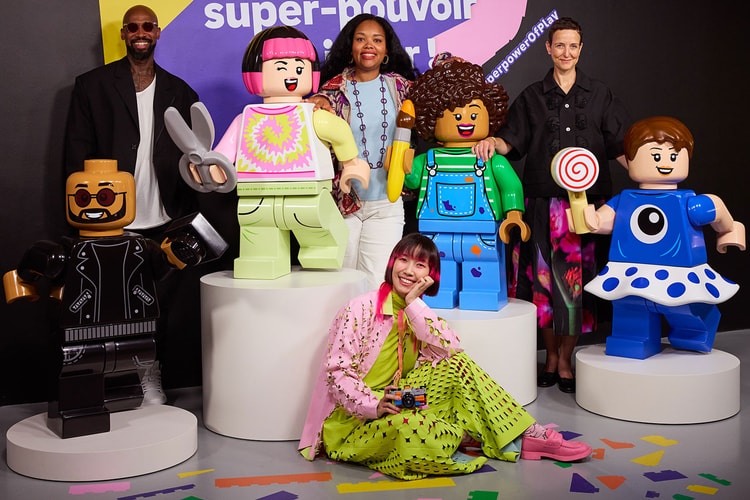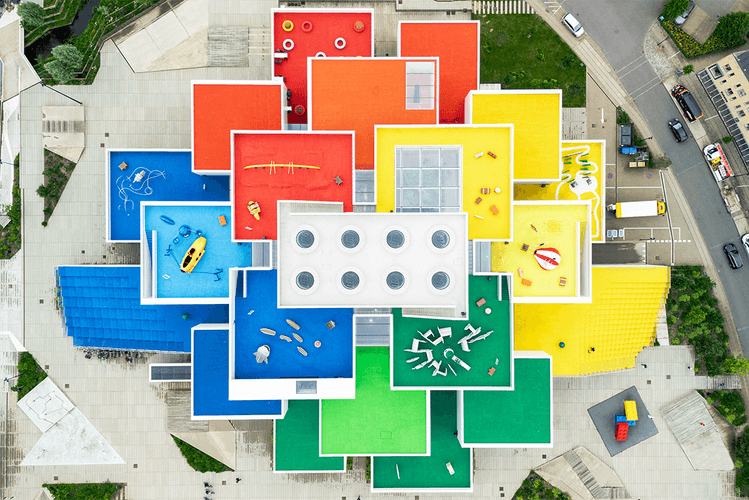How LEGO Became the "Apple" of the Toy Market
In the recent years toy manufacturer LEGO has grown into a “profit-generating, design-driven

In the recent years toy manufacturer LEGO has grown into a “profit-generating, design-driven miracle built around premium, intuitive, highly covetable hardware” that seemingly no one can get enough of, largely due its secretive and innovative Future Lab R&D team which continues to push the boundaries of technologically enhanced “play experiences” for children around the world. As a result it has reported a remarkable $237 million USD in first half profits, and briefly overtook Mattel as the world’s largest toy manufacturer in the world. The company, which is based in a small Danish village called Billund, was on the verge of bankruptcy just a decade ago as growing competition from video games and the Internet had pushed children away from tangible products to virtual mediums, and internal fears of LEGO being perceived as “old-fashioned” seemed to doom its future. However with the the appointment of then 36-year-old CEO Jørgen Vig Knudstorp, LEGO made some core changes to its manufacturing process, while also improving cash flows. However, its main focus still lies with creating innovative play experiences, while reaching more children every year, and not simply to concentrate on meeting its financial targets set by its stakeholders. To get more insight on this story from some of the key figures behind this resurgence, head over to Fast Company.
“The Future Lab has really pioneered that within Lego, and it hasn’t been a theoretical exercise. It’s been a real design-thinking approach to innovation, which we’ve learned an awful lot from.”
















